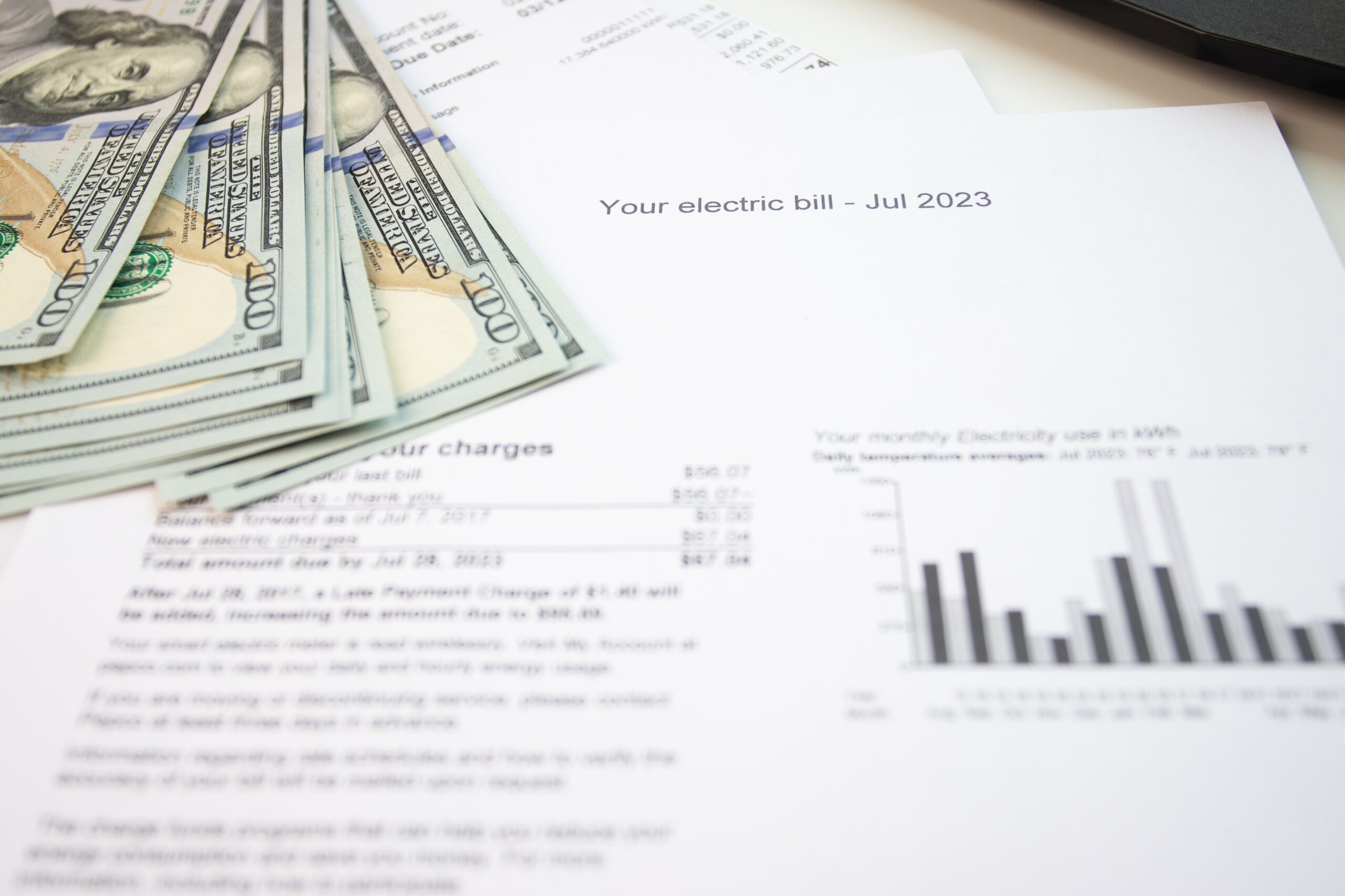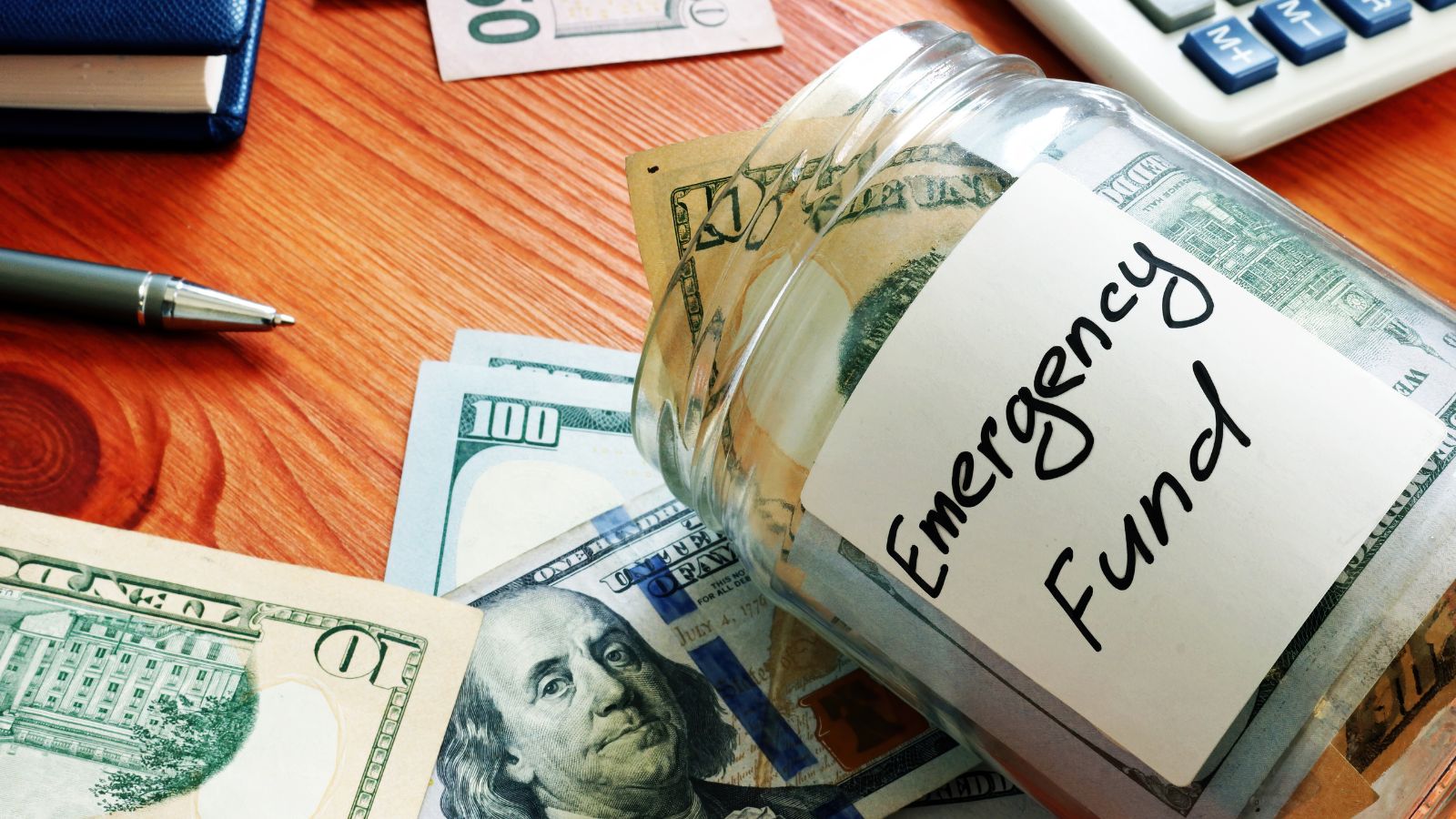Budgeting in 2025 is less about penny-pinching and more about making smart, strategic choices that stretch your dollar without sacrificing quality of life. Canadians are navigating higher living costs, fluctuating interest rates, and changing consumer trends — but that doesn’t mean financial well-being is out of reach. Here are 24 Canadian budget tips that are working right now.
Prioritizing Debt Repayment Over Investments

With interest rates still elevated, carrying high-interest debt erodes wealth faster than most investments can grow. Many Canadians are choosing to aggressively pay down credit cards, lines of credit, and variable-rate loans before committing larger sums to the stock market. This isn’t about avoiding investing entirely; it’s about improving net worth stability by cutting out liabilities that drain cash flow each month. Financial planners note that eliminating debt with rates above 7% effectively offers a “guaranteed return” higher than many current GICs or bonds.
Leveraging Grocery Loyalty Programs Strategically

Rather than blindly chasing points, savvy shoppers are combining loyalty programs with weekly flyers and digital coupons to maximize value. For example, using PC Optimum points during special redemption events or stacking Air Miles with store promotions can slash grocery bills significantly. This approach requires planning purchases around sales cycles instead of impulse shopping. Many Canadians now schedule a single weekly shop, hitting multiple participating stores if needed, to make the most of each program. Over a year, this structured approach can offset hundreds of dollars in food expenses without changing dietary preferences.
Locking in Utility Rates Where Possible

With energy costs fluctuating seasonally and politically, fixed-rate contracts for electricity or natural gas can provide predictable monthly bills. Households that have reviewed and switched plans at the right time have avoided sudden winter spikes. This tactic isn’t about always choosing the cheapest rate at any moment; it’s about avoiding volatility that can derail budgets. Some provinces also offer competitive fixed-rate plans through private suppliers, while others require negotiating with existing utilities. And, while not suitable for everyone, those with consistent usage patterns often benefit most, especially during unpredictable weather years.
Cooking in Bulk and Freezing Portions

Batch cooking remains one of the most effective ways to cut costs without sacrificing meal quality. Canadians are dedicating a few hours on weekends to prepare large portions of soups, casseroles, and stews, then freezing them in meal-sized containers. This reduces midweek reliance on takeout, which has risen in price due to delivery fees and inflation. The savings go beyond just the meal cost; it also cuts down on food waste, as perishable ingredients get used efficiently. Bonus: having ready-made meals helps during busy workweeks when the temptation to order in is strongest.
Making Use of No-Fee Banking Options

Monthly account fees can add up to over $150 annually, money that could stay in your savings instead. Canadians are increasingly turning to online banks or credit unions that offer truly no-fee chequing accounts. These institutions often include unlimited e-transfers and ATM access through partner networks. While some still prefer traditional banks for in-branch service, many are maintaining a hybrid approach: keeping a small account for physical banking and moving the bulk of transactions to a no-fee option.
Tracking Expenses in Real Time

Budgeting apps that sync directly with bank accounts are helping households keep spending in check. Instead of waiting until the end of the month to review statements, Canadians are tracking transactions daily, allowing for immediate adjustments. Some are even setting category-specific alerts, so overspending on dining out or entertainment triggers a reminder before it snowballs. This shift from reactive to proactive tracking ensures that surprises at bill time are minimal. Tools like Mint, YNAB, or built-in bank trackers have made the process less tedious, encouraging consistency.
Using Price-Matching Policies Aggressively

Several Canadian retailers still offer price-matching, but it’s often underused. Shoppers who actively collect competitor flyers or use price-check apps can secure lower prices without visiting multiple stores. Some are combining this with loyalty points for even greater benefit. While it requires a bit of organization, the payoff is immediate at the register. Grocery chains, electronics stores, and even some home improvement retailers participate in these programs, making them versatile for different categories of spending. It’s a habit that, once established, can shave hundreds off annual purchases.
Selling Unused Items Regularly

Rather than letting unused goods pile up, many Canadians are treating resale as part of their financial routine. Platforms like Facebook Marketplace, Kijiji, and Poshmark offer quick ways to turn clutter into cash. The trick is to set aside a small amount of time monthly to photograph and list items. While individual sales may seem small, consistent efforts can add up to meaningful side income over time. This approach also reduces waste, supporting both personal budgets and environmental goals.
Timing Major Purchases with Seasonal Sales

Patience is paying off for shoppers who plan ahead for big-ticket items. Furniture, electronics, and appliances often have predictable sale periods, such as January clearance events or end-of-summer patio discounts. Canadians who map these cycles avoid paying full price and often secure newer models at reduced rates as stores make room for incoming inventory. Combining this tactic with price-matching or cashback offers increases the savings further. The key is resisting impulse buys and waiting for the right window.
Taking Advantage of Community Swap Programs

Local swap groups and “buy nothing” Facebook communities have gained momentum. Participants trade goods like children’s clothing, sports equipment, or small appliances, cutting down on spending without sacrificing needs. This is particularly useful for families with growing kids or seasonal hobby equipment. Swapping also fosters community connections, making it easier to find trusted sources for items. It’s a budget-friendly and environmentally conscious solution that works especially well in tight-knit neighborhoods.
Negotiating Insurance Rates Annually

Rather than automatically renewing policies, more people are treating insurance like any other recurring expense, something worth shopping around for. By comparing quotes from at least three providers, many find rates 10–20% lower than their current premiums. Even without switching companies, simply calling and pointing out competitor offers can trigger a “loyalty discount.” Plus, reviewing coverage annually ensures it reflects current needs; for example, older vehicles may not require collision coverage, and policy bundling can result in sizable savings over a year.
Shopping for Seasonal Produce Locally

Buying produce in season from local growers means fresher, tastier food at a lower cost compared to imports. Strawberries in June, corn in August, and squash in the fall are abundant and often sold at farmers’ markets for less than supermarket prices. Canadians taking this route often buy extra during peak harvest and freeze or preserve the surplus for winter. Also, joining a CSA (Community Supported Agriculture) program can be even more cost-effective, locking in a season’s worth of produce at a flat rate while supporting local farmers.
Downsizing Streaming and Subscription Services

It’s easy to forget about subscriptions, especially with automatic billing. Regularly reviewing entertainment services, premium app memberships, or subscription boxes helps spot redundancies. Instead of paying for four streaming platforms year-round, some households rotate them every few months, catching up on shows in batches. Others share plans with trusted friends or family, where allowed, splitting the cost. And, by trimming unused or rarely used services, households save $20–$50 a month while still enjoying variety, proving that entertainment doesn’t have to come with an oversized monthly bill.
Choosing Public Transit or Car-Sharing Over Ownership

Owning a car can cost thousands annually when factoring in insurance, fuel, maintenance, and depreciation. Urban Canadians with good transit access are increasingly relying on monthly passes instead, often paying under $150 compared to $500 or more for vehicle expenses. Car-sharing services like Communauto or Zipcar fill the gap for occasional trips, while cycling and walking handle short distances. This shift not only reduces costs but also frees up parking space, and the environmental benefits are a bonus for those looking to lower their carbon footprint.
Automating Savings Transfers

Setting an automatic transfer to savings or investments the moment a paycheck arrives helps ensure the money is set aside before it’s spent. Many Canadians use this strategy to consistently fund emergency accounts, RRSPs, or TFSAs without manual effort each month. Even a modest $50–$100 transfer adds up quickly over a year. By treating savings like a fixed bill, it becomes a non-negotiable part of the budget. This method removes the temptation to “save what’s left,” which often results in little or no actual savings.
Embracing DIY Repairs and Maintenance

Basic repairs, such as patching drywall, replacing a faucet washer, and mending clothes, can be learned through free online tutorials or workshops offered by community centers. Many cities now have “tool libraries” where residents can borrow equipment for free or at low cost. While larger or safety-critical jobs still require professionals, tackling minor issues yourself can save hundreds each year. Over time, building these skills means fewer service calls, more home and clothing longevity, and the satisfaction of solving everyday problems without paying labor charges.
Using Cash for Discretionary Spending

Designating a set cash amount for non-essential spending like dining out, coffee, or entertainment can naturally curb overspending. Physically handing over cash makes the outflow more tangible than tapping a card. Once the envelope for the week is empty, the category is closed, preventing budget creep. Many Canadians find this method works best for expenses prone to impulse decisions, and it’s flexible: amounts can be adjusted seasonally or for special occasions, making it a realistic, low-effort way to manage discretionary categories.
Buying Quality Secondhand Items

From solid wood furniture to high-end winter coats, buying secondhand can offer premium quality at a fraction of the original price. Platforms like Facebook Marketplace, thrift shops, and consignment stores are treasure troves for durable goods. The key is knowing brand quality and scrutinizing items before purchase. Higher-end used items often outlast cheap new ones, meaning fewer replacements over time. Plus, buying used keeps items out of landfills, which appeals to budget-conscious consumers who also want to shop sustainably.
Taking Advantage of Employer Benefits Fully

Employer perks can include far more than health and dental coverage. Some offer wellness reimbursements, mental health support, professional development funds, or commuter subsidies. By reading the benefits package closely and asking HR about lesser-known programs, employees can save hundreds annually. For instance, using a health spending account for prescription glasses or physiotherapy reduces personal costs significantly. Failing to use these benefits before expiry is essentially leaving money on the table, so making them part of yearly financial planning is key.
Planning Low-Cost Staycations Instead of Travel

International travel often comes with inflated airfare, hotel, and dining costs. Staycations, on the other hand, offer a break from routine without the high expense. Canadians are booking local Airbnb stays, exploring national parks with annual passes, or creating themed weekends, like visiting multiple museums or trying new hiking trails. By eliminating long-distance transportation costs, the budget stretches further, allowing for more frequent getaways. This approach satisfies the desire for adventure while avoiding the financial hit of long-haul vacations.
Buying Generic for Non-Essential Brands

Many store-brand products are made in the same facilities as name-brand versions, often with identical ingredients or performance. For staples like flour, canned goods, cleaning products, and pain relievers, switching to generic can cut grocery bills by 15–25% without any noticeable drop in quality. Canadians adopting this approach often test one or two items at a time, keeping preferred brands for certain categories. Over a year, the cumulative savings from strategic swaps can be significant, especially for large households.
Grouping Errands to Save Fuel

Fuel costs can spike without warning, and unnecessary driving only adds to the expense. Grouping errands into a single trip reduces fuel usage, saves time, and lessens wear on the vehicle. Some Canadians also plan their routes to hit stores in logical order, avoiding backtracking. In rural or suburban areas, coordinating shopping trips with neighbors for bulk purchases can further cut costs. Over months, this habit can result in noticeable fuel savings and fewer trips to the gas station.
Seeking Out Free Community Activities

Public libraries, local festivals, and community centers often host free events, workshops, and recreational programs. By replacing even a few paid outings each month with these activities, households can save significantly without sacrificing social connection or entertainment. Examples include free fitness classes, children’s story hours, outdoor concerts, and seasonal markets. Not to mention, staying informed through municipal newsletters or local Facebook groups ensures you never miss upcoming events, making it easier to build low-cost fun into your routine.
Using High-Interest Savings Accounts for Emergency Funds

An emergency fund should be safe, accessible, and still earn a reasonable return. High-interest savings accounts (HISAs) at online banks often pay 3–4% interest, significantly more than traditional accounts. By keeping the fund separate from everyday spending money, the temptation to dip into it is reduced. Canadians are also setting automatic transfers to these accounts, steadily growing their cushion for unexpected expenses like medical bills or home repairs. All in all, the earned interest, while modest, compounds over time and adds value without risk.
21 Products Canadians Should Stockpile Before Tariffs Hit

If trade tensions escalate between Canada and the U.S., everyday essentials can suddenly disappear or skyrocket in price. Products like pantry basics and tech must-haves that depend on are deeply tied to cross-border supply chains and are likely to face various kinds of disruptions
21 Products Canadians Should Stockpile Before Tariffs Hit
